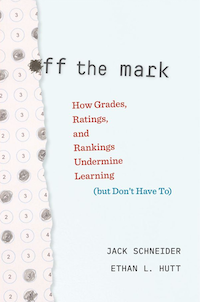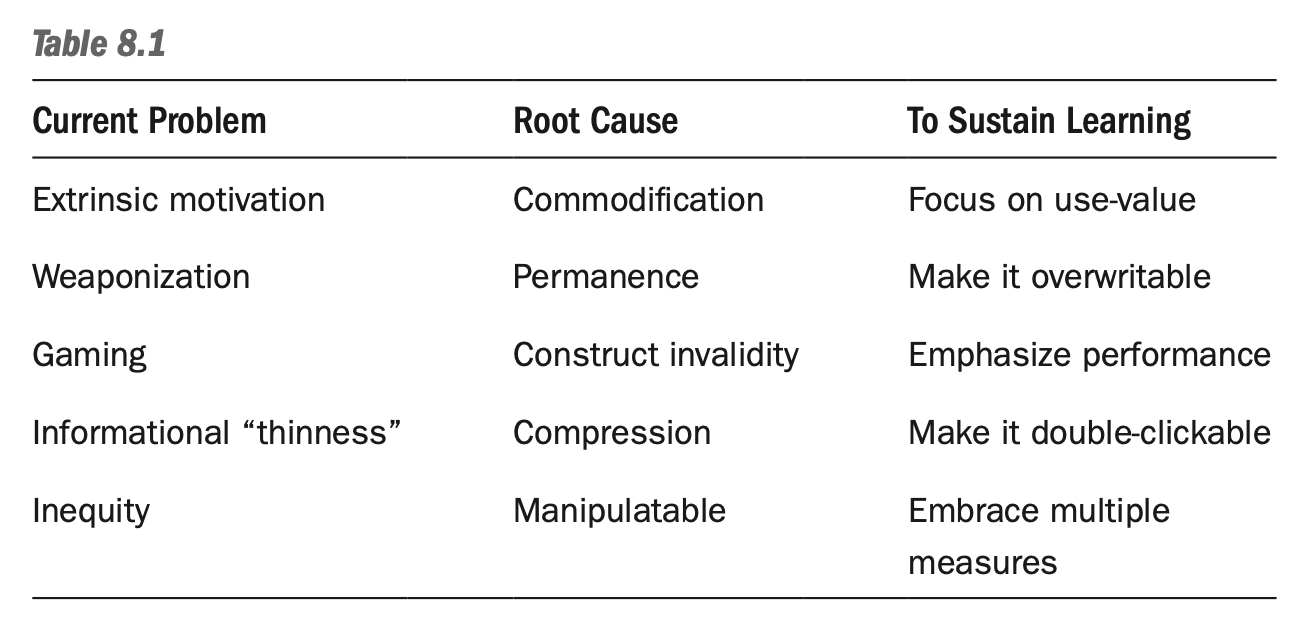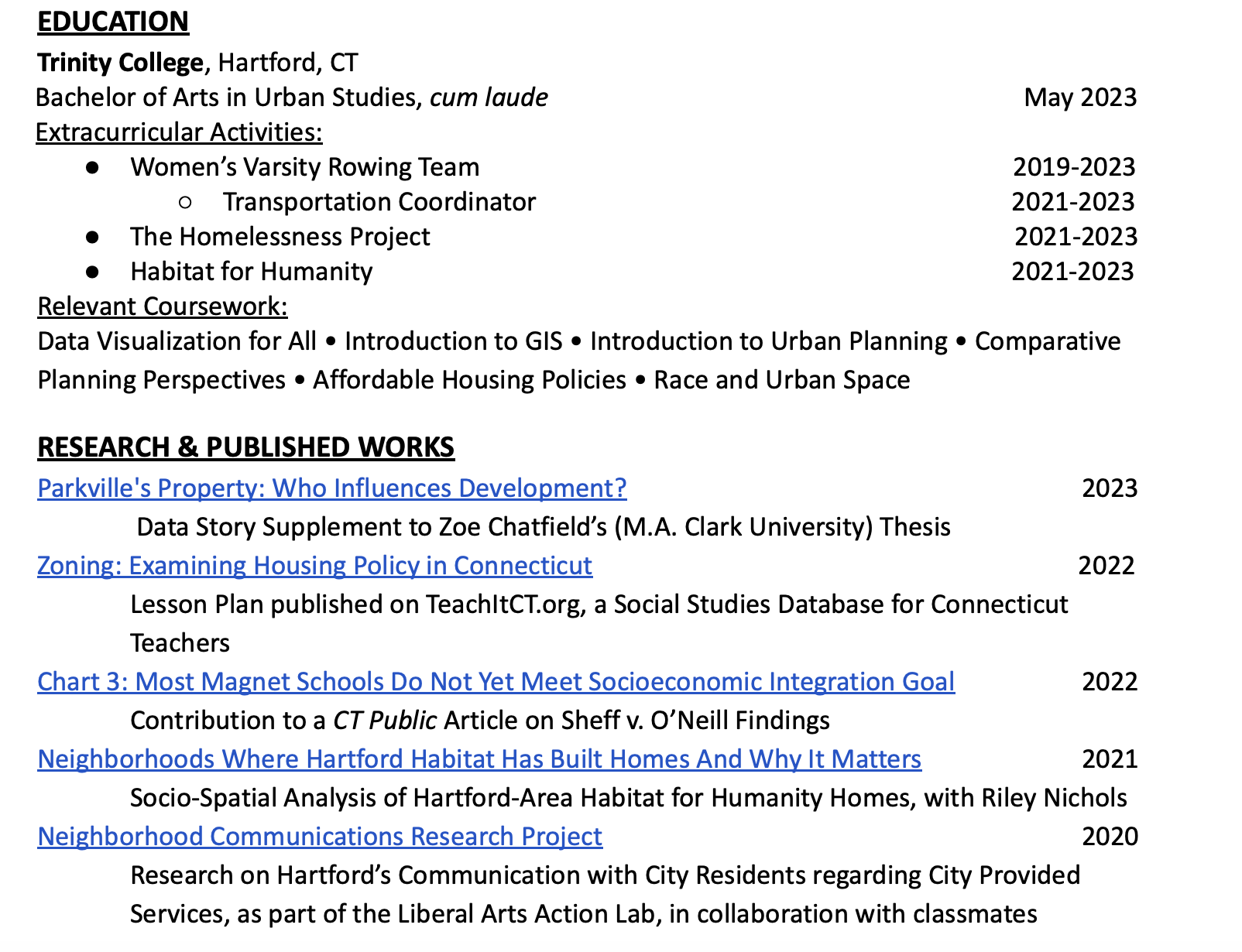Review of “Off The Mark” by Schneider and Hutt (with reflections from a college where grading remains unchanged)
 Jack Schneider and Ethan Hutt have written a very thoughtful book on a perennial topic that deserves our renewed attention, titled Off The Mark: How Grades, Ratings, and Rankings Undermine Learning (but Don’t Have To), Harvard University Press, 2023. Their book guides us through an historical overview and policy analysis of a problem that defines most K-12 and higher education in the United States, with useful comparative examples from across the globe. And they accomplish this without piling unnecessary academic baggage onto general readers. Written during the pandemic, when schools and colleges went online and struggled over how to deal with standardized testing, the authors ask deep questions about the conflicting goals and cultural norms of assessment, which in ordinary times may go unasked or unanswered.
Jack Schneider and Ethan Hutt have written a very thoughtful book on a perennial topic that deserves our renewed attention, titled Off The Mark: How Grades, Ratings, and Rankings Undermine Learning (but Don’t Have To), Harvard University Press, 2023. Their book guides us through an historical overview and policy analysis of a problem that defines most K-12 and higher education in the United States, with useful comparative examples from across the globe. And they accomplish this without piling unnecessary academic baggage onto general readers. Written during the pandemic, when schools and colleges went online and struggled over how to deal with standardized testing, the authors ask deep questions about the conflicting goals and cultural norms of assessment, which in ordinary times may go unasked or unanswered.
One aspect I appreciate about this book is how it approaches the “entanglement” problem in student evaluation. As historians, the authors ask how did we get here? to illuminate the multiple forces that have shaped testing and grading to make schools look like they do today. And with policy lenses, they ask how can we reprioritize learning? while recognizing that assessing students is “intertwined” at so many levels inside schooling and adjacent institutions outside. In this context, they evaluate several alternative models—such as time-consuming portfolio assessments, narrative evaluations accompanied by “shadow” grades, and competency-based micro-credentials—to help us understand their strengths and limitations within schooling systems.
It’s no surprise that Schneider and Hutt credit their mentors David Tyack and Larry Cuban, who decades ago wrote Tinkering Toward Utopia, for guiding their thinking about how educators tend “to preserve existing practices and routines even as we work toward reform” as a fundamental truth regarding the “institutional conservativism of schools” (p. 9). There is no workable “radical” solution here, the authors caution, but rather a multifaceted way of thinking about the interconnected problem and opportunities for people and institutions to make incremental change toward our common goal: more meaningful student learning.
Since assessment is such a multi-layered issue, and the book evaluates many competing arguments, I also appreciate that the authors inserted tables to help readers keep track of multiple ideas. Table 8.1 encapsulates the spirit of Schneider and Hutt’s reform agenda. Instead of a magical solution, the authors offer a way of thinking about an incrementally better approach to assessment. If our goal is more meaningful learning, then we need student grading and college transcript systems that: 1) focus on their use-value beyond schools; 2) are overwritable to show progress; 3) emphasize performance; 4) are double-clickable to show “thicker” examples of student beyond beyond “thin” letter grades; 5) embrace multiple measures of learning. (Apologies to the authors for my quick paraphrasing of their rich ways of thinking about student learning, so read chapter 8 more closely to see how they explain it.)

Today Jack Schneider engaged in a lunchtime discussion about the book at an event organized by the Center for Teaching and Learning at Trinity College, a small liberal arts institution where I have taught for 25 years. Reading Off The Mark and listening to the discussion made me realize how little has changed about student assessment during my quarter-century on this campus, which confirms the authors’ analysis of the institutional conservatism of US colleges. With one exception—the decision of Trinity Admissions to go test-optional (with some colleges have rolled back in recent months)—it’s difficult for me to identify any substantive changes within Trinity’s own grading and transcript systems.
Historians do not predict the future, but we do look backwards in time to identify what has and has not changed. Reflecting on my past twenty-five years at Trinity College, what surprises me most are the missed opportunities for institutional change that did not happen during the digital era. Back when I taught my first class here in 1999, my students had limited ways to demonstrate their liberal arts learning: writing papers (literally handed in on paper), taking exams (in blue books), or on more creative occasions, making posters or public speaking to small in-person audiences.
Over the next two very-digital decades, a handful of faculty and I innovated with ways for students to share their learning online, but largely within the confines of our individual courses. Rather than submitting papers solely to me, I taught students in my Education Reform: Past & Present course how to write their research essays for wider audiences on the internet. In my Data Visualization for All course, students publish academic projects created with community partners on web pages. At the far end of this spectrum, students in my Teaching and Learning course create digital portfolios of their curricular writing and videos for broader audiences. The common thread holding all of this together: demonstrate your liberal arts learning to people outside of our classroom.
Looking across our college, you can see a few isolated threads of sharing student learning online. The Trinity Library launched a digital repository where seniors have the option to upload their senior thesis capstone projects. Educational technology staff taught partial-credit courses to guide students on designing digital portfolios. Some Trinity colleagues contributed to our co-edited open-access book on Web Writing: How and Why for Liberal Arts Teaching and Learning. Colleagues and I created a new interdisciplinary academic program, the Liberal Arts Action Lab, where teams of students research questions posed by Hartford community partners and share their results on web pages for wider audiences. And Trinity hosts a once-a-year Day of Digital Scholarship for students and faculty to demonstrate online learning projects.
Perhaps a spin doctor could weave together these individual threads to make them appear to be incremental change. But a more honest interpretation is that there is no institutional change at Trinity College, nor most of our peer institutions, regarding how we grade and credential students during the past two decades of the digital age. Our college still grades all student work on an A-F letter scale, with conversion into a numerical GPA, and that’s essentially all that we print on their transcripts as proof of their $60k+ per year liberal arts learning. The heart of the system remains unchanged.

Trinity debates only happen around the edges. Do faculty give too many As? or Should the A+ grade be abolished to maintain the numerical integrity of a 4.0 GPA standard of excellence? And the Center for Teaching and Learning hosts a lunchtime discussion. But there is no institutional movement toward Schneider and Hutt’s way of thinking about revising how we assess students. Despite the richness of a liberal arts education at Trinity College, our student grading and transcript system solely focuses on letter grades and GPAs, is not overwritable to show student progress, and definitely is not double-clickable to show “thicker” examples of student work.
During my 25 years at Trinity, the only institutional change regarding grading I’ve seen has been the widespread adoption of Learning Management Systems. Whether it’s called Moodle, Blackboard, or something else, these software platforms organize syllabi materials, assignments, and grading. By default, LMS platforms are designed to be accessible only by the instructor and students enrolled in the course that semester. By and large, LMS platforms do not help students demonstrate their liberal arts learning to the world. In fact, LMS platforms may have made the problems identified by Off The Mark even worse in recent decades as the system instantly delivers data from my gradebook to students’ smartphones, perhaps making all of us less “smart” about the deeper value of learning.
With my doctorate in educational policy studies, I can diagnose my own condition: I expect too much from educational institutions. My prescription is to become more content with individual change. During my time here I have stopped thinking about how Trinity College could adopt better ways of thinking about assessment and credentialing and settled for what I can do in my own classroom.
In recent years I’ve been teaching my students to demonstrate their liberal arts learning on a platform that each of them controls: their resume. “Show your future employers and graduate schools what you really learned at Trinity,” I tell them in the final weeks of classes, “by adding links with short descriptions of your best work.” To emphasize the point, I invited one of my recent graduates, Victoria Asfalg, to brief Zoom into class to show how she integrated several digital examples of her academic work, many from her coursework with me, into her one-page PDF resume. She described how this enriched resume helped her interview with her current employer by giving her more substantive examples to discuss about her liberal arts education.

Drs. Schneider and Hutt have helped to cure my condition. Thanks to their book, I now realize that encouraging students to integrate evidence of their learning directly into their own resumes meets most of their criteria. Richer resumes have: 1) high use-value beyond schools; 2) are overwritable to show progress; 3) emphasize performance; 4) are double-clickable to show “thicker” examples of student beyond beyond “thin” letter grades; 5) embrace multiple measures of learning. Beware of side effects: individual solutions do not solve institutional problems, and they do not address larger inequities of learning. But thanks to their book, I have a much clearer understanding of the problem, and a short-term solution to help me sleep better at night.
